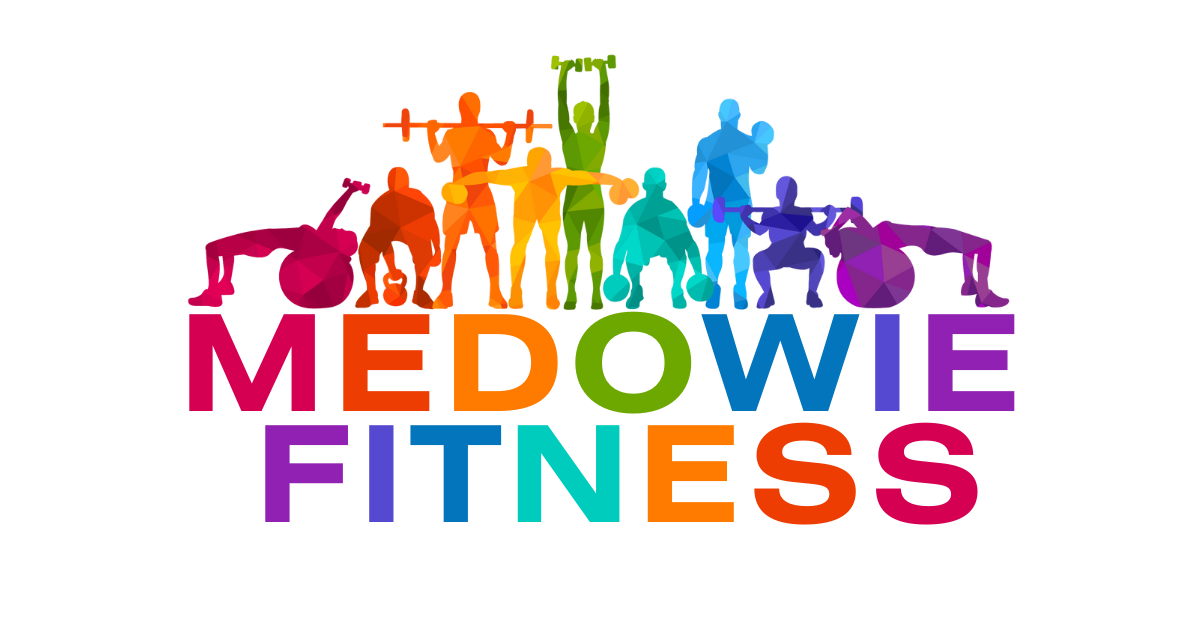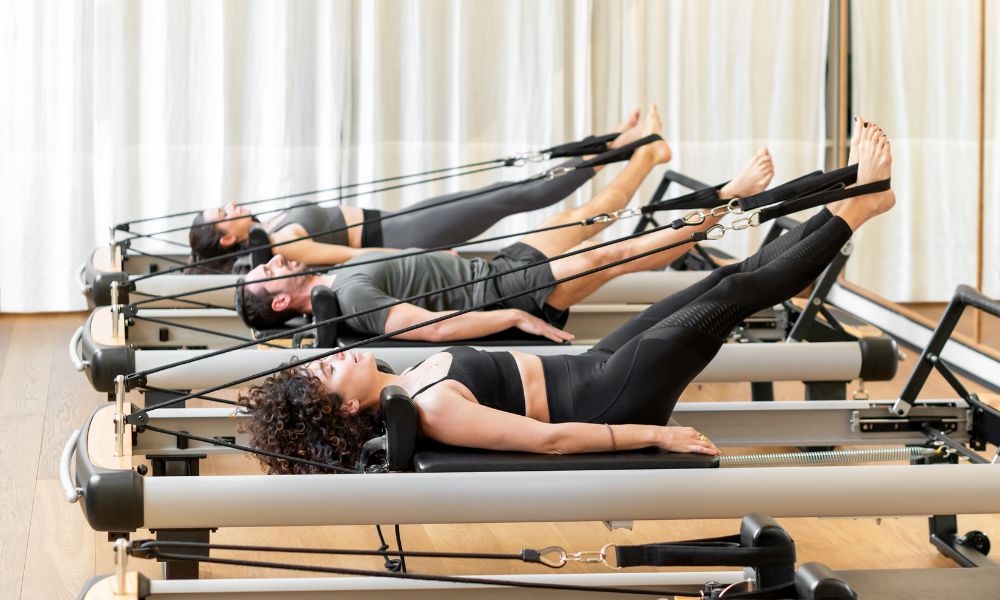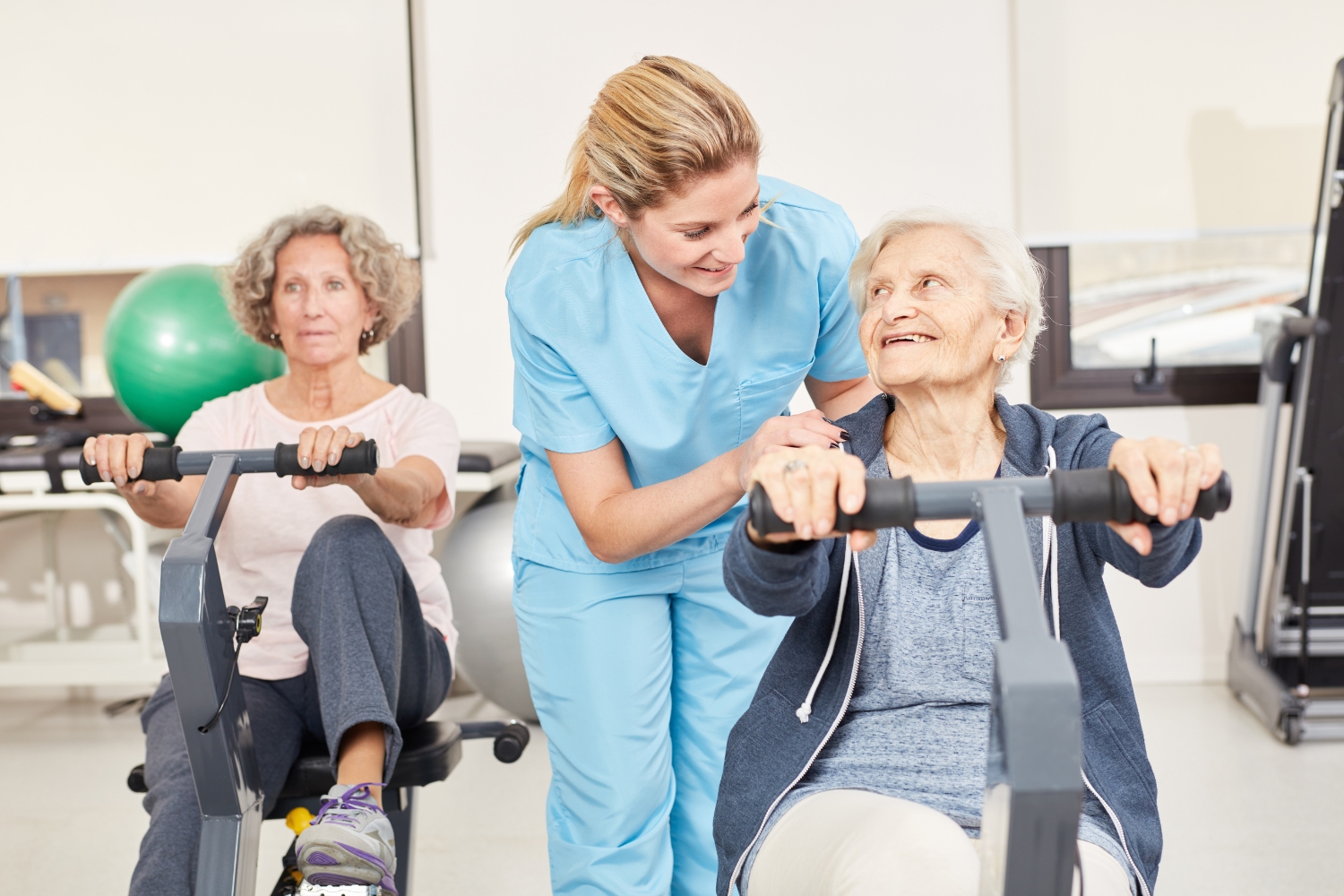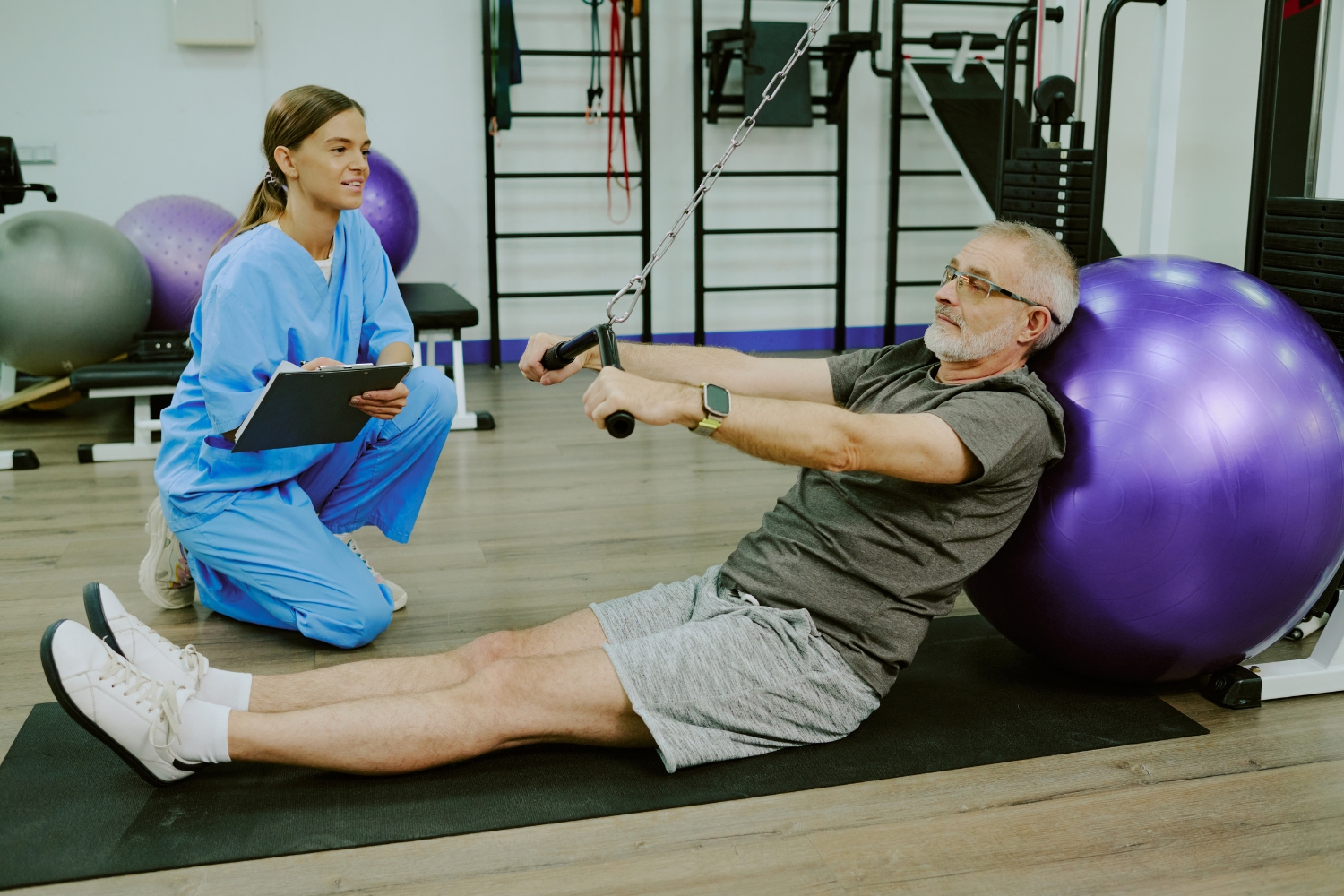Many of us are on the hunt for that perfect fitness routine – one that not only strengthens the body but also brings a sense of calm to the mind. In our quest, it’s easy to gloss over a method that’s evolved from its medical roots into a beloved global fitness phenomenon: Pilates.
Yep, we’ve found ourselves sifting through myriad exercises and routines too, searching for something truly life-changing. One eye-opening fact really resonated with us: Pilates was originally developed for rehabilitation purposes by Joseph Pilates in the early 20th century.
But we didn’t just stop at this intriguing insight. We took a deep dive into understanding how this practice shifted from therapeutic sessions to becoming an integral part of fitness buffs’ regimes all over the world.
This blog is set to illuminate the remarkable journey of Pilates – from its modest inception to its standing as a major player in mainstream fitness today. You can look forward to discovering its history, how it’s evolved over time, and why it continues to win over hearts and muscles globally.
Keen for a healthier you?
Key Takeaways
- Joseph Pilates created Pilates in the early 20th century, combining yoga and martial arts. He designed it to improve flexibility, strength, and mind-body connection.
- Pilates started as a rehabilitation method for injured soldiers but has become popular worldwide as a mainstream fitness practice. It focuses on controlled movements, precision, and mindfulness.
- Special equipment like the reformer and Cadillac was developed by Joseph to enhance Pilates exercises. These tools help provide a full-body workout that improves strength, flexibility, and posture.
- Mindfulness and breathwork are key parts of Pilates today. They promote relaxation, reduce stress, deepen body awareness, and control during exercises.
- The future of Pilatis looks bright as it continues to evolve with new approaches catering to various fitness levels. Its focus on holistic health ensures its place in popular fitness trends.
The Origins of Pilates
Joseph Pilates developed Pilates, influenced by Yoga and Martial Arts. Initially used for rehabilitation, it has gained popularity as a mainstream fitness method.
Developed by Joseph Pilates
Joseph Pilates created this method in the early 20th century, combining his knowledge of yoga and martial arts. His vision was to design a fitness system that improves flexibility, strength, and mind-body connection.
Pilates exercises focus on controlled movements that require precision and concentration. This unique approach helps build a strong core and enhances overall body balance.
We see its impact on rehabilitation as it initially served injured soldiers during World War I. Joseph used his techniques to help them regain their health through gentle yet effective exercises.
Today, these principles remain at the core of Pilates, making it a preferred choice for physical therapy and wellness programs globally. Its adaptability allows practitioners to modify workouts to meet individual needs, proving Pilates’ lasting relevance in both rehabilitative and mainstream fitness realms.
Influenced by Yoga and Martial Arts
Pilates was influenced by the principles of Yoga and Martial Arts, emphasising the importance of breath control, concentration, and fluid movements. These influences contributed to the mind-body connection that is fundamental to Pilates practice.
The focus on flexibility, balance, and strength in both Yoga and Martial Arts also shaped the holistic approach adopted in Pilates exercises, making it a well-rounded fitness discipline with benefits for the body and mind.
Joseph Pilates was inspired by the disciplined physical movements found in Yoga and Martial Arts when developing his method. This influence can be seen in the deliberate flow of movements promoting strength, control, and mindfulness within each exercise.
From Rehabilitation to Mainstream Fitness
Pilates was initially used for rehabilitation but has now gained popularity as a mainstream fitness method,
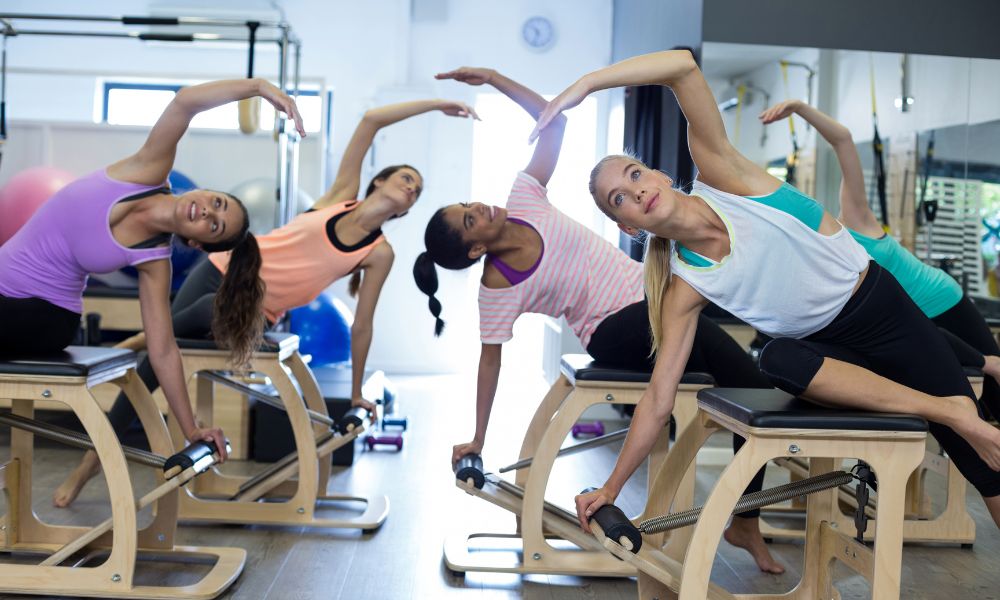
integrating total body workout and exercise equipment.
Initially used for rehabilitation
Initially, Pilates was developed as a rehabilitation method by Joseph Pilates, aiming to help injured soldiers during World War I. The exercises were designed to improve strength and flexibility, focusing
on the mind-body connection and total body workout. Over time, Pilates gained popularity as a holistic fitness method beyond rehabilitation, offering a low-impact yet effective way to strengthen muscles and improve posture.
As an additional tip – examine for repetitive words and phrases that might affect the quality of the content.
Gained popularity as a fitness method
As Pilates gained popularity as a fitness method, it attracted people seeking more than just rehabilitative exercises. Its benefits extended towards enhancing overall strength, flexibility, and posture.
The appeal of Pilates classes and studios expanded beyond rehabilitation to cater to those looking for a tailored and mindful approach to fitness that underpins the mind-body connection.
As the world of fitness evolves, Pilates continues to be sought after by individuals aiming not only for physical improvement but also for a holistic and ever-evolving exercise experience.
Evolution of Pilates
Pilates evolved from rehabilitative exercises to a popular fitness method, with the development of specialised equipment and a focus on mindfulness and breathwork. The future of Pilates continues to evolve and adapt, offering potential for further growth and popularity in the fitness realm.
Development of Pilates equipment
Joseph Pilates developed various equipment to enhance the practice of Pilates, including the reformer and the Cadillac. These pieces of equipment utilise pulleys, springs, and resistance to provide a full-body workout that improves strength, flexibility, and posture.
The development of specialised Pilates equipment has allowed for a more dynamic and effective workout experience, catering to individuals at different fitness levels. The evolution of Pilates equipment continues as new modifications are made to meet the ever-changing needs of practitioners.
As we consider the evolution of Pilates from its humble rehabilitation beginnings to mainstream fitness, it’s crucial to understand how Joseph Pilates’ innovative equipment design has propelled this exercise method forward into modern-day popularity.
Incorporation of mindfulness and breathwork
Pilates has evolved to encompass mindfulness and breathwork, enhancing the mind-body connection. The focus on intentional breathing during exercises promotes relaxation and reduces stress.
Mindfulness techniques intensify the concentration required for precise movements, leading to a deeper understanding of body awareness and control.
These additions to Pilates not only elevate the physical benefits but also contribute to mental clarity and overall well-being. By incorporating these elements into our practice, we can achieve a holistic approach to fitness that goes beyond just physical exertion, aligning with the ever-evolving nature of Pilates.
The Future of Pilates
Pilates will continue to evolve and adapt, with potential for further growth and popularity. It is set to lead the
way in popular fitness trends, offering tailored exercises for an ever-evolving audience.
Continuing to evolve and adapt
Pilates continues to adapt, embracing modern techniques and equipment. The method’s evolution involves innovative approaches that cater to a diverse range of individuals seeking more than just
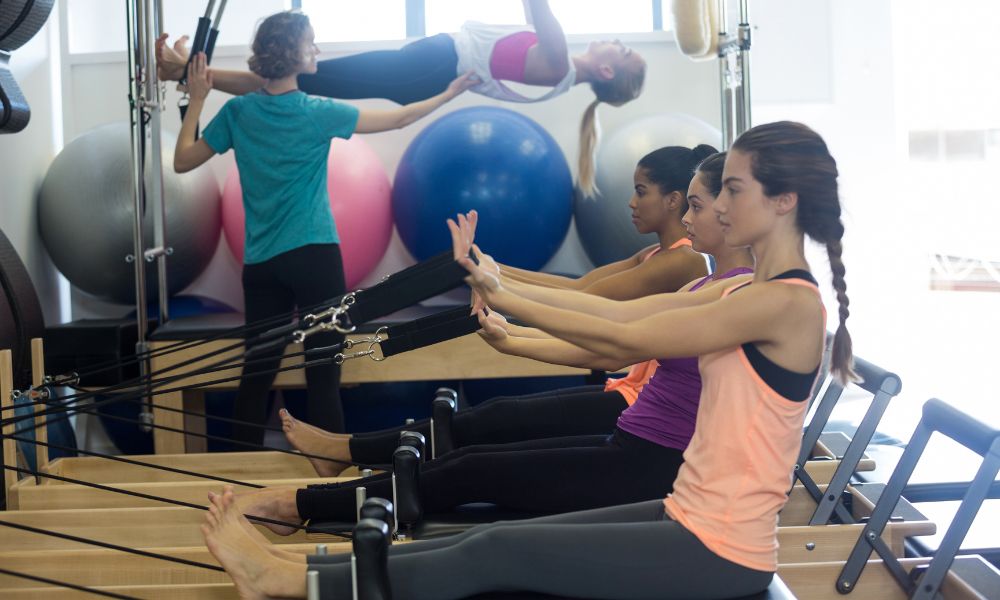
physical fitness. As Pilates studios continue to expand their suite of offerings, the focus remains on enhancing the mind-body connection through tailored exercises and mindfulness practices. With the ever-evolving Pilates world, there are exciting prospects for those who wish to dive into this popularised exercise realm.
The future holds potential growth in Pilates popularity as it continues to evolve towards an inclusive approach for mainstream fitness enthusiasts. New advancements in mindfulness-based movements and equipment design are unlocking the secrets of Pilates’ enduring appeal among rehabilitation exercises and mainstream fitness programs alike.
Potential for further growth and popularity
Pilates continues to adapt and grow, gaining popularity globally. Its versatility makes it accessible for people of various fitness levels, from beginners to advanced practitioners.
As Pilates enthusiasts, we anticipate its widespread integration into diverse fitness routines and wellness programs, further solidifying its place as a mainstream fitness method. The evolving nature of Pilates ensures that its benefits will continue to reach more individuals seeking holistic health and physical well-being.
The continuous evolution of Pilates ensures an exciting journey ahead, with endless possibilities for growth and innovation in the realm of mainstream fitness. Now, let’s delve into the future of this practice as an ever-evolving method in promoting overall wellness.
From Historical Rehabilitation to Your Fitness Regimen: Join Us!
After discovering the origins and evolution of Pilates, we can see its transition from rehabilitation to mainstream fitness. The practicality and efficiency of Pilates as a fitness method are evident in its incorporation of mindfulness and breathwork techniques.
Its impact on physical and mental well-being cannot be overstated, with potential for further growth and popularity. For those seeking more than just a workout, Pilates offers a tailored approach that underpins the ever-evolving realm of mind-body fitness.
So let’s delve into this world of endless possibilities with renewed enthusiasm!
